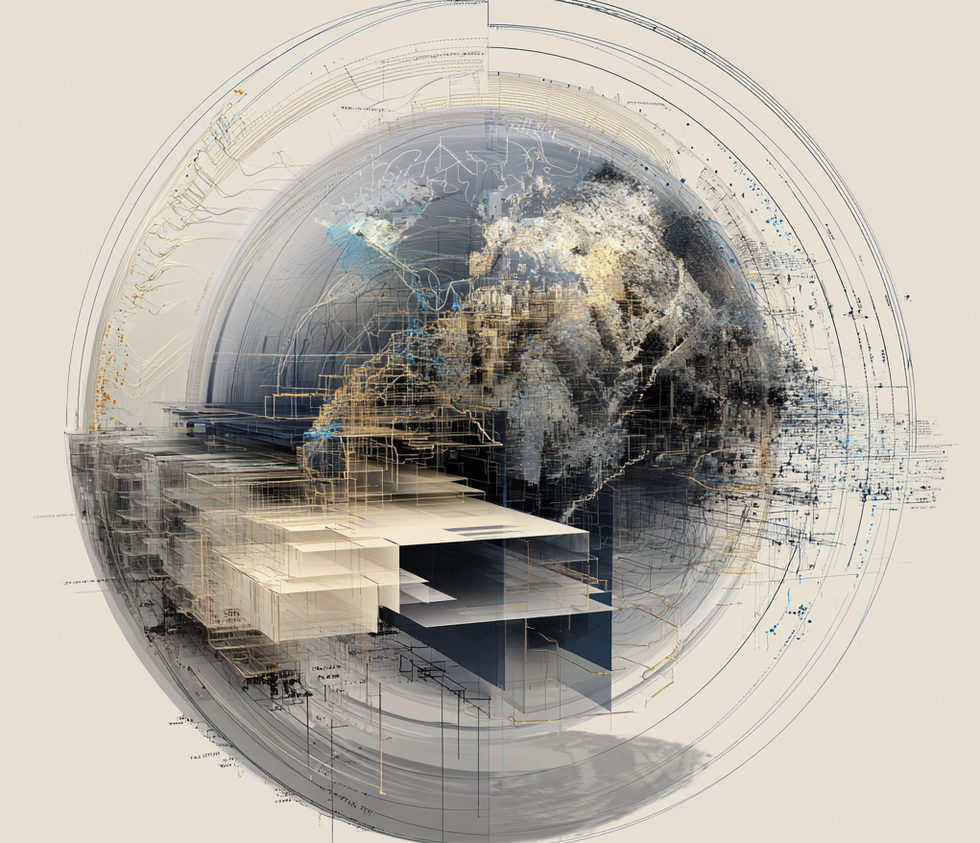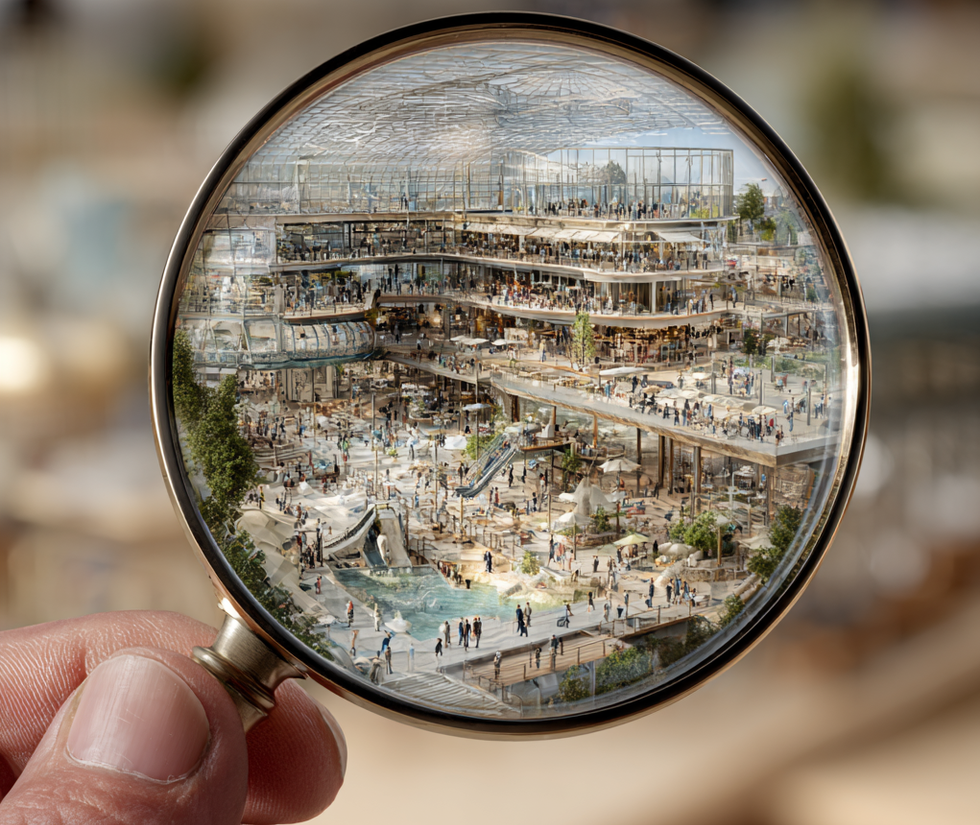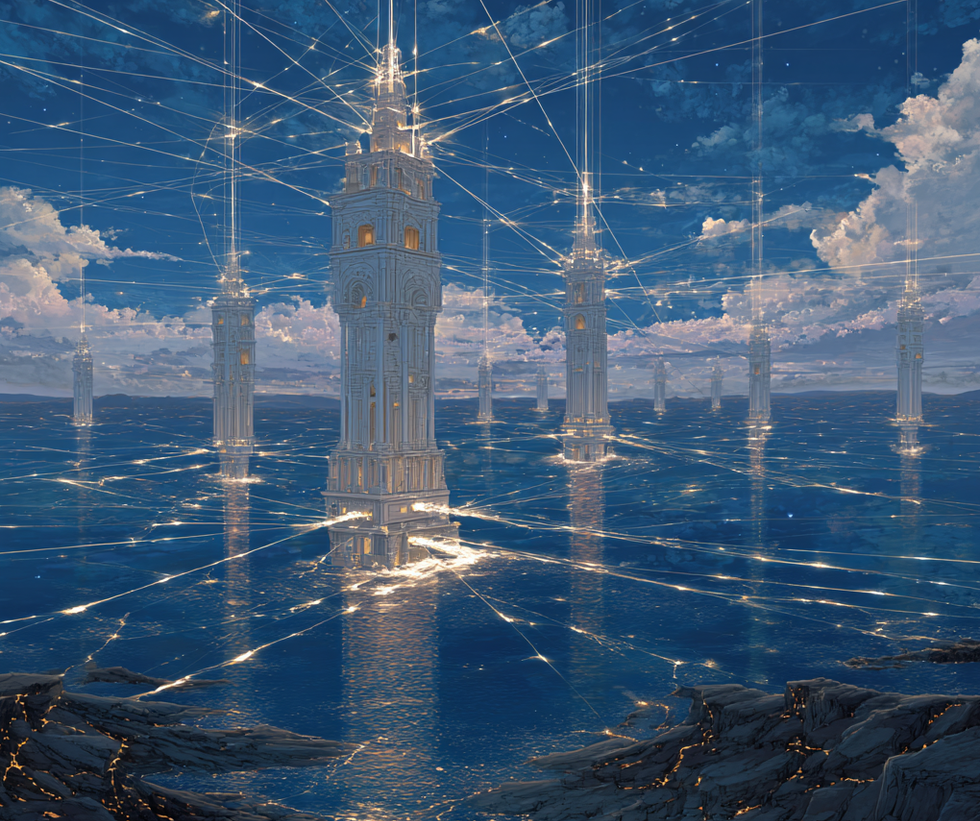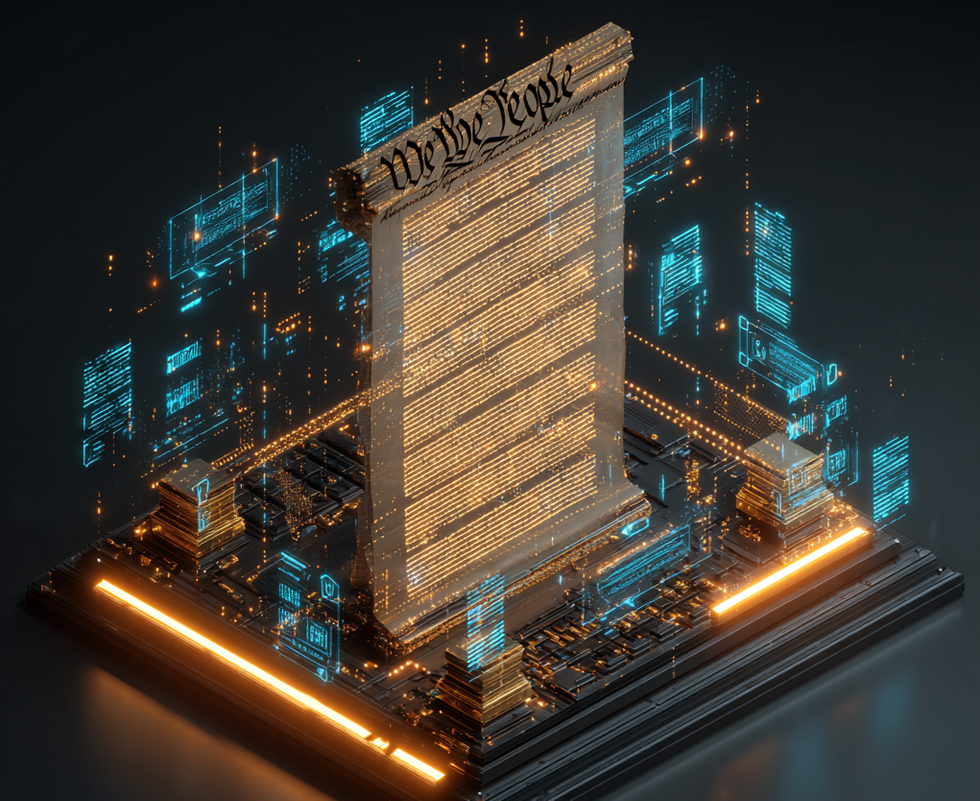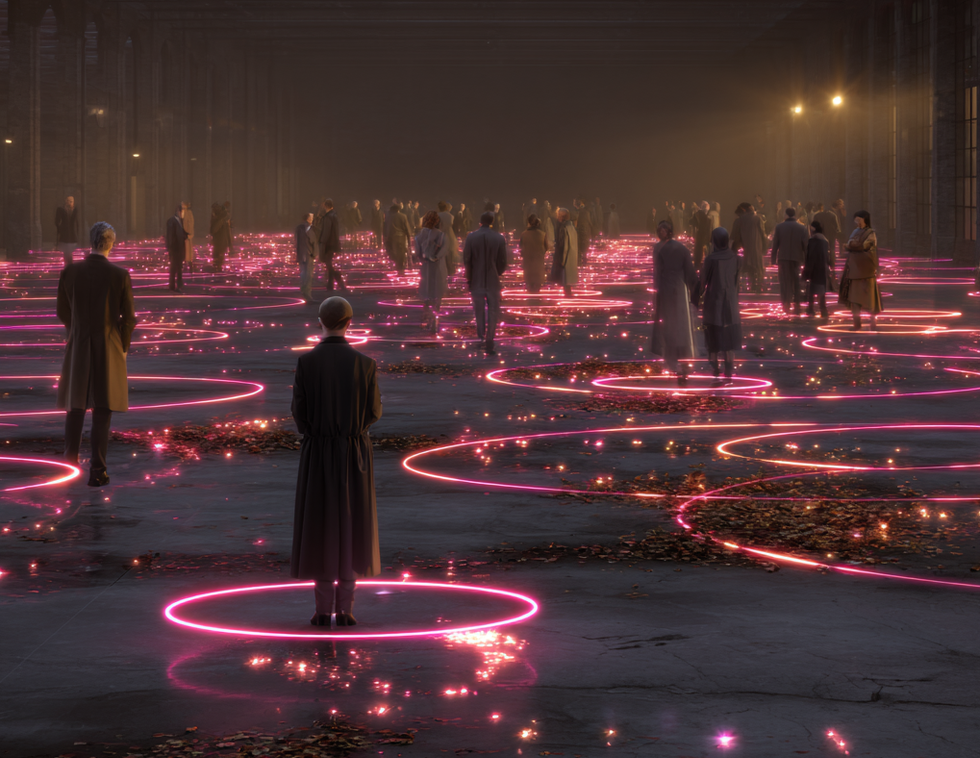It has been a little over a year since COVID-19 struck, causing the temporary shut-down of most theme parks, arcades and other location-based amusement centres. At the same time, much of the world’s population was also asked to follow a variety of stay-at-home and self-quarantine protocols of various levels throughout the past year.
As a result, there was a lot of focus on the ways people entertain themselves while at home - would COVID-19 trigger VR's time to shine?
With the world’s movie theatres mostly shut down, consumer spending on home entertainment items hit record highs. Partly due to an increase in spending on digital items (games, music, movies) as well as streaming services (Netflix, Disney+). There was also a rise in sales of new home theatre hardware, as well as video game systems.
As such, there were some well-documented shortages as well. For instance, it became extremely difficult to buy a Nintendo Switch during much of 2020. This was followed by still impossible-to-meet demand for the new Xbox Series X and Playstation 5 console launches.
Post-COVID, why hasn't at-home VR taken off?
Along similar lines, obtaining a VR headset system was also somewhat difficult in early 2020. However, it became a little easier towards the end of the year thanks to the launch of the Oculus Quest 2 VR set in October.
So, a year into the pandemic, one might expect that a good portion of the population would be spending an amount of time each day with a set of VR goggles wrapped around their noggin. But this simply has not been the case.
In a world with what seems like the most ideal conditions for VR to not only shine, but take a permanent foothold in our lives, it simply has not done so yet. Or at least, not inside the average consumer household. Instead, there has been more focus on video conferences and new video game expansions. Not to mention keeping up with the latest instalment of The Mandalorian or WandaVision.
Based on my own family experiences, the desire has been to stay with experiences we know. Or, when buying new hardware, to stick with brand-name gear we trust. For instance, opting for Xbox and Playstation rather than taking a risk on an “Oculus” or “HTC Vive”.
Difficult decisions
The fact that there are also so many home VR options to choose from, each with its own set offerings and unique peripherals, most coming in with a very high price tag, has prevented the masses from diving deep into VR. Many of us have previously been burned after finding ourselves on the wrong side of a technology format battle. Be it the more recent battle between HD-DVD vs BluRay or the age-old VHS vs Betamax.
Even between ongoing successful brands (iPhone vs Android, Xbox vs Playstation vs Nintendo), there is always the risk of choosing the wrong option and forever not being able to play the games that you really want to play, simply because you bought the wrong hardware. With a steep price point, it makes sense why many of us have remained gun-shy about joining the VR movement.
At-home VR is on the rise after COVID, but slowly
Having said this, VR sales have been growing. In fact, by the end of 2020, spending on VR and AR -based systems was expected to have increased by about 78% over 2019 sales.
Future predictions show that this trend will continue, with market sales able to grow between 75-100% each year between now and 2024. So like it or not, it does seem that the age of VR is coming…just at a much slower pace than anticipated.
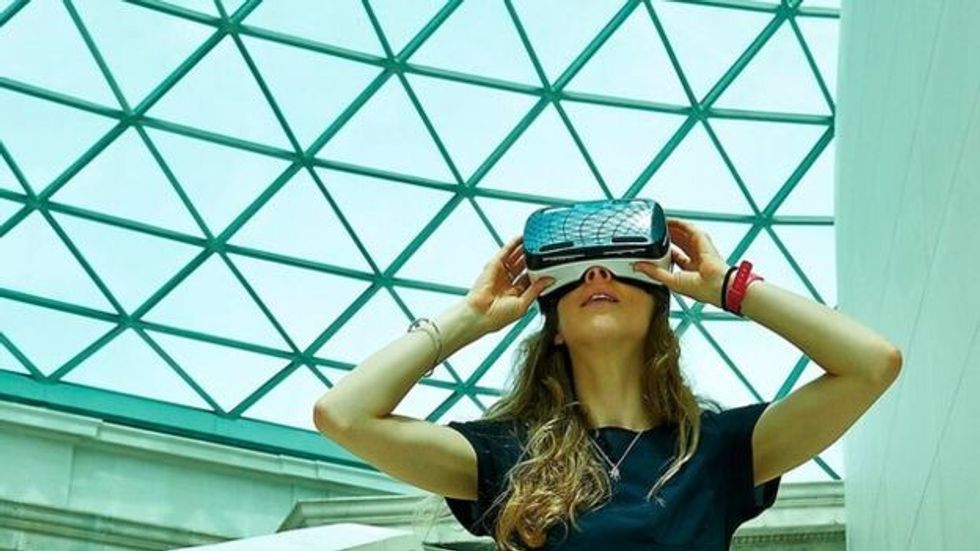
Perhaps a key factor will be when average consumers can finally try VR for themselves in the real world.
Virtual reality attractions
This is already happening at Universal Studios Japan, where the new Mario Kart attraction at Super Nintendo World features a custom-made AR headgear system. Sony is also pushing ahead with a newly announced VR system that will work with the Playstation 5 game console.
Meanwhile, aiming mainly at the business world, Microsoft has unveiled its new Microsoft Mesh system. This allows for virtual workers to collaborate on various projects in an almost holographic style system, an ideal post-COVID use for at-home VR. And perhaps this is what we need, a push from the brands consumers use and trust on a daily basis.
People will also have a chance to try modern VR experiences as attractions begin to reopen. Up until now, I’ve been mostly talking about VR as a solo experience. But this isn’t always the case, as many location-based VR attractions allow small groups to experience a virtual world together.
Attractions such as The Void, Hologate, Hyperdeck and others typically allow small groups to experience a VR attraction together. This seems like an ideal way to allow the public to experience VR, while also being able to sanitize the equipment between groups for proper COVID-safety protocols.
New innovations
It has been fascinating to watch as some attractions have dived into the VR world more than others. Europa-Park has been a leader in this aspect, and for years has offered guests the chance to ride some of its coasters while wearing VR gear, for an all-new custom themed experience through the Coastiality program.
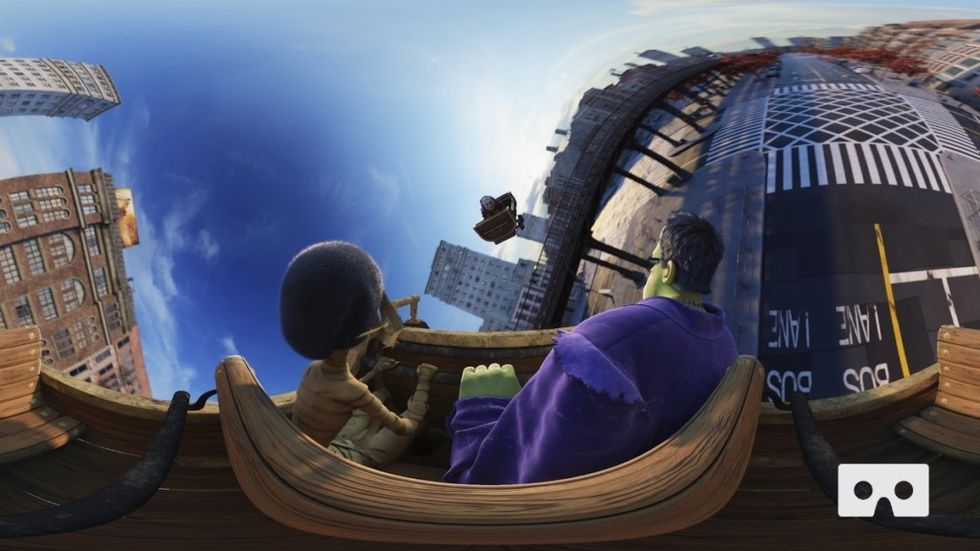
The Coastiality concept was expanded prior to COVID with the opening of the new version of the Eurosat: CanCan Coaster. This allowed for a unique “Roam & Ride” concept to be added to the coaster.
With this new concept, guests are outfitted with free-roaming VR gear in a staging room. They can then can walk through a VR space that matches up with a real-world roller coaster station. VR riders board the train in a separate area from the regular riders to experience a new world. This is themed to the universe shown in the film, Valerian and the City of a Thousand Planets.
Now, the Mack family has also introduced an all-new VR experience called Yullbe next to the Rulantica waterpark. This takes the free-roaming VR experience even further into new worlds, not unlike what we have seen from The Void.
The experiences at The Void locations are matched to various IPs such as Ghostbusters, Avengers or Star Wars. In contrast, with Yullbe the experiences are tied to storylines and themes in use at Europa-Park. For instance, they are themed to the themed world of Rulantica, or to the park’s popular Halloween themed event, Traumatica.
Shared experiences and VR will return after COVID
Looking ahead to the return of so many real-world attractions in 2021, one might wonder if VR and VR based attractions in general just were not ready. Or if they are simply biding their time to catch on with an entirely new crowd.
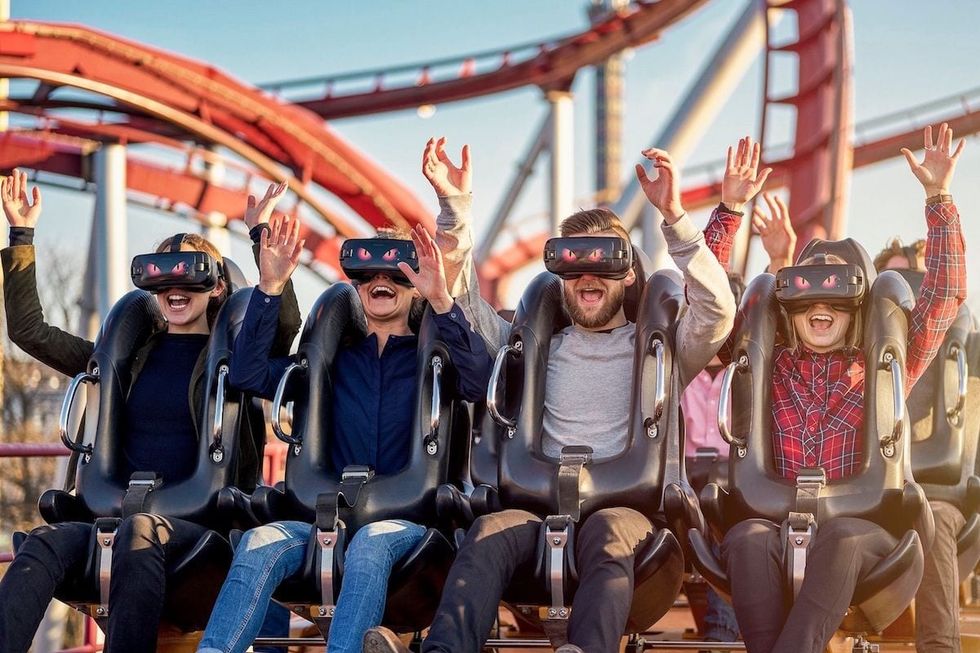
After all, the past year has affected people in different ways. Some crave social interactions and have been dying to get out and experience the real world again. But others ultimately may have found comfort in the isolation, discovering that they prefer virtual interactions to real ones.
For those people, they may simply be waiting for the rest of us to catch up to them in their world, so we can join them in a shared virtual space.
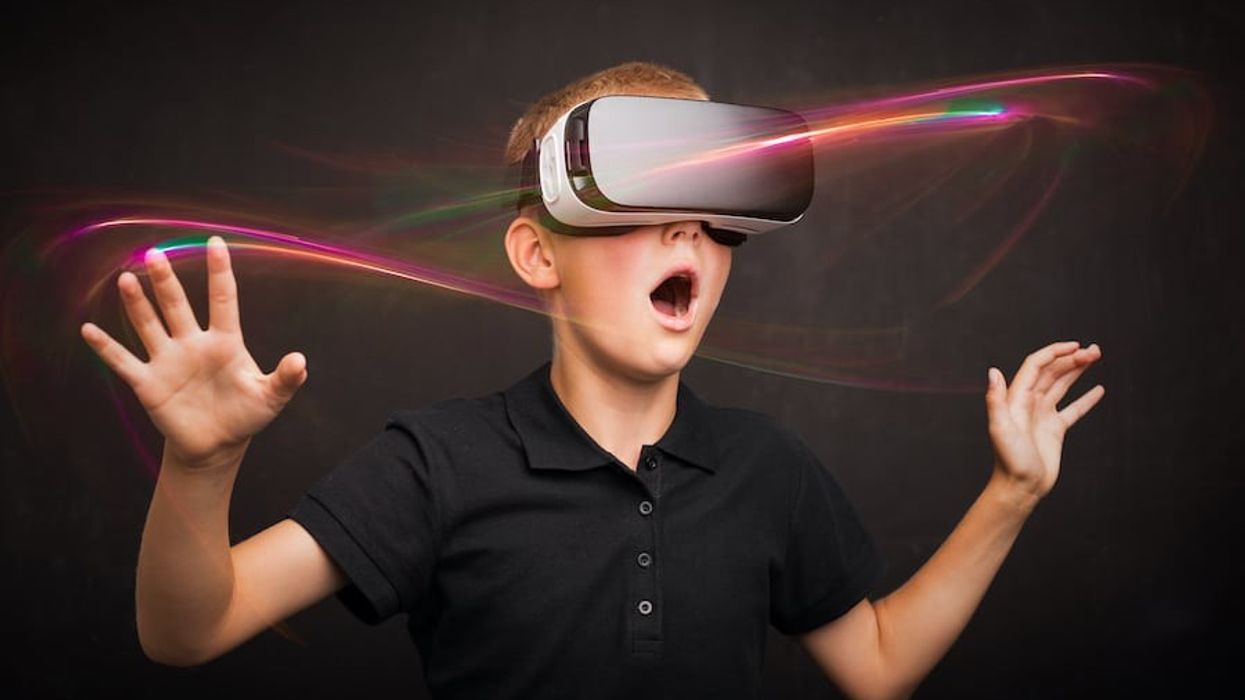

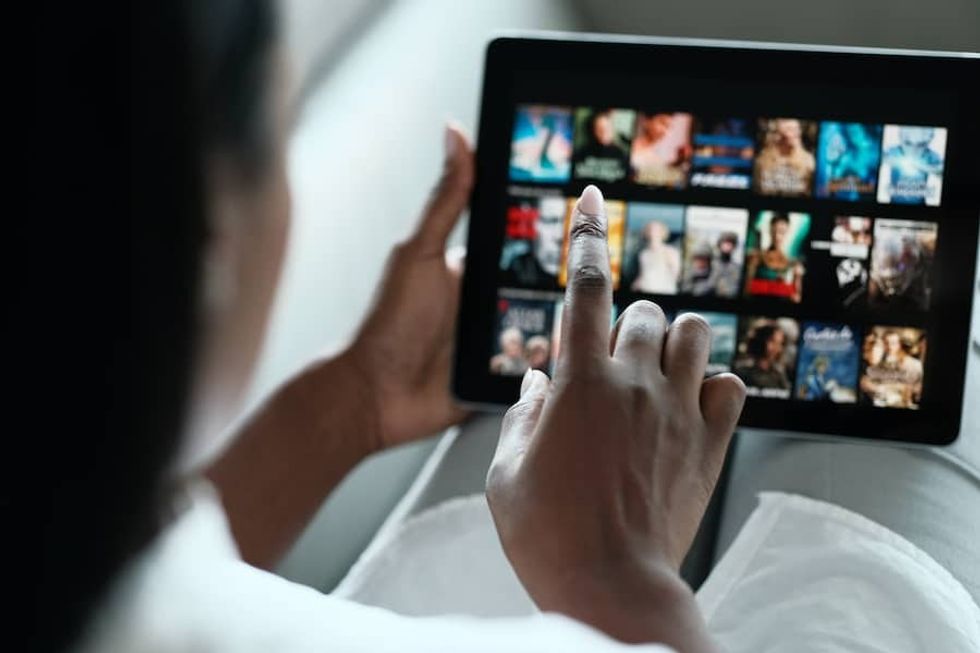
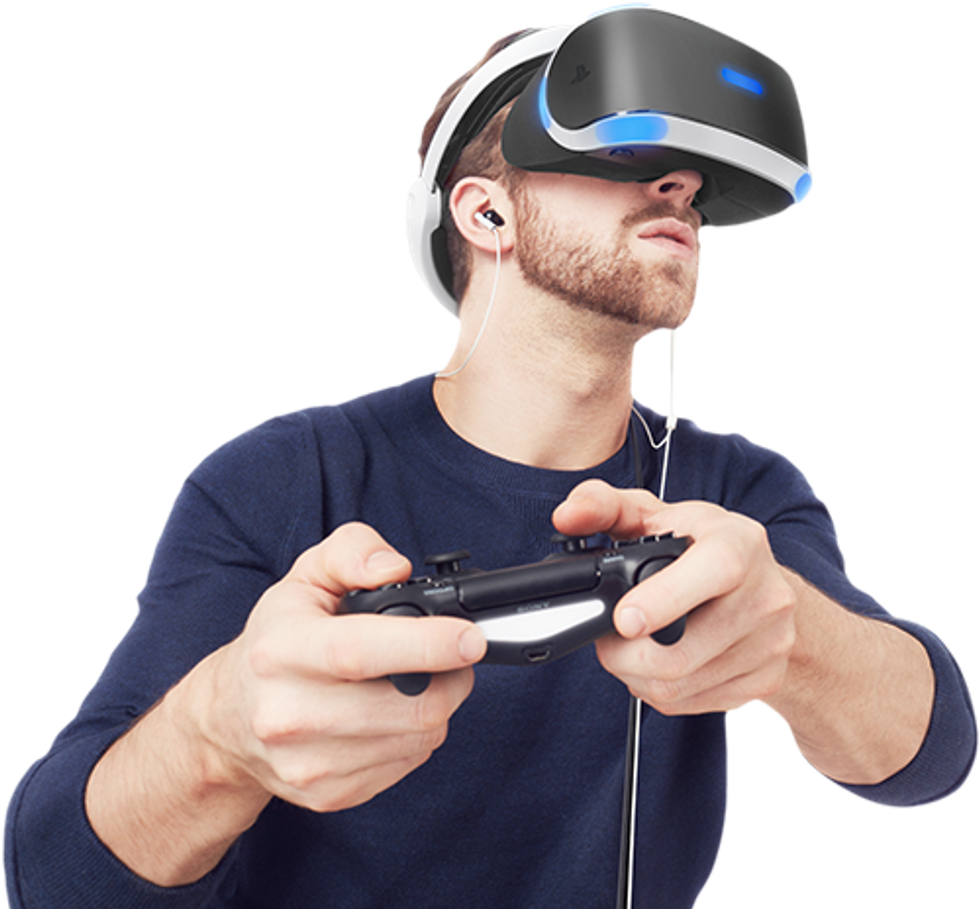
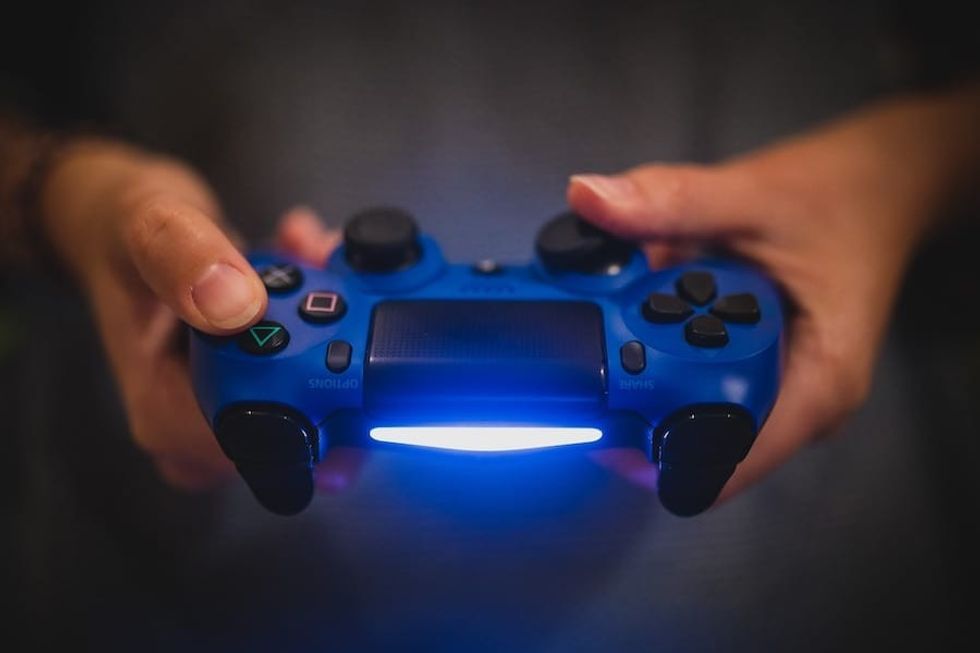
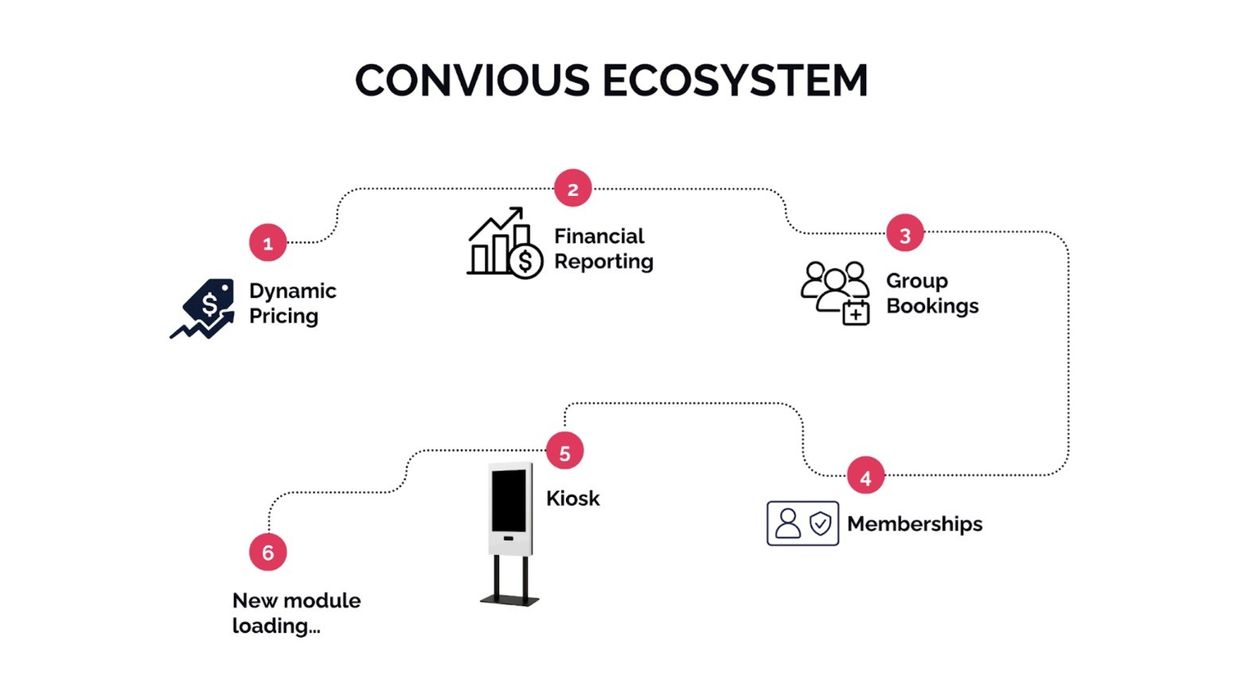
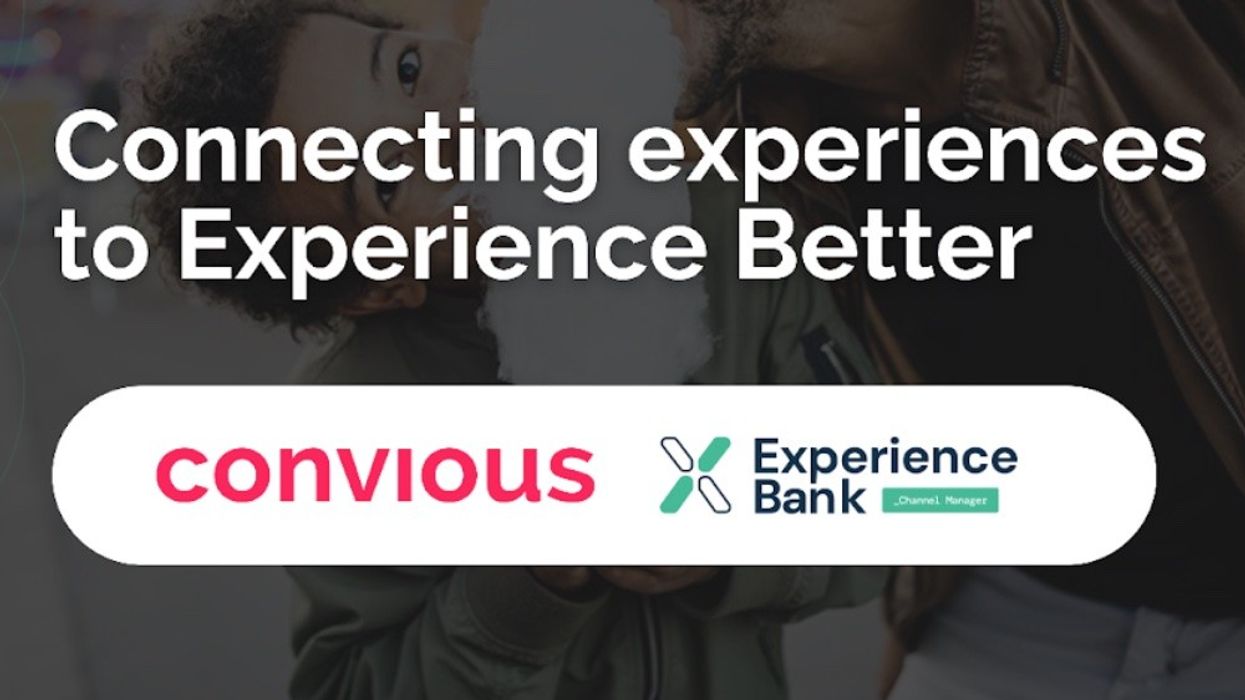


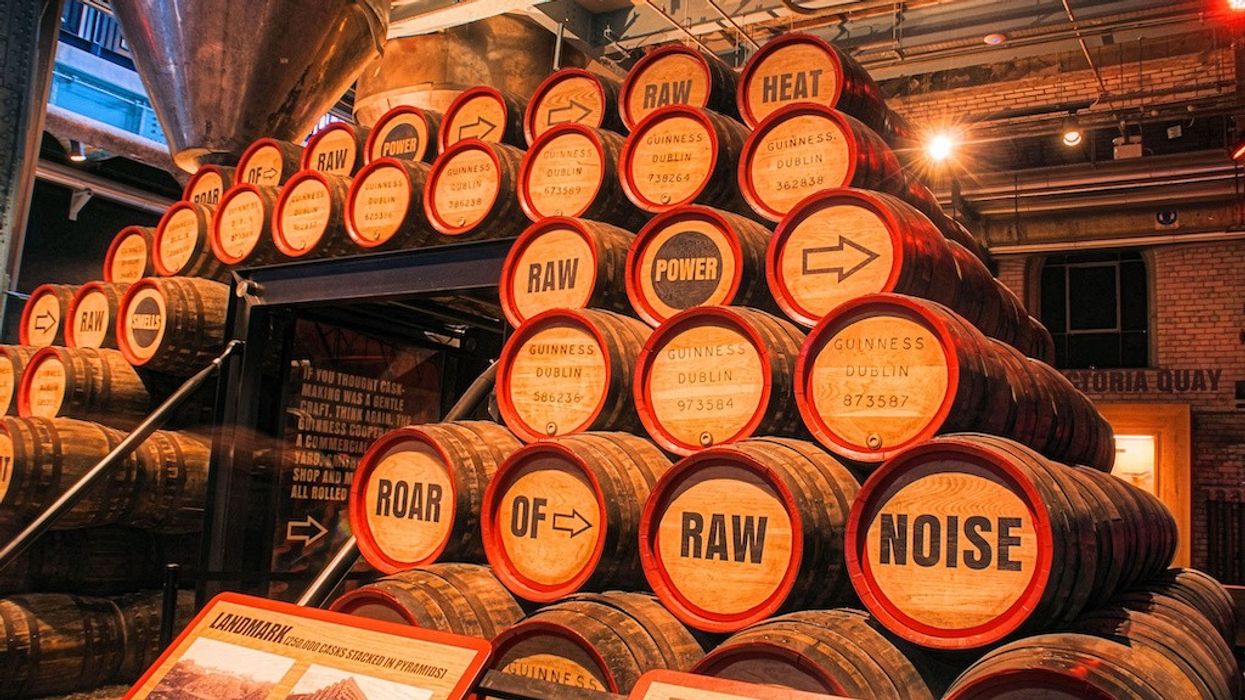
 Christian Lachel, chief creative officer, BRC Imagination Arts
Christian Lachel, chief creative officer, BRC Imagination Arts  Image credit AA+W - stock.adobe.com
Image credit AA+W - stock.adobe.com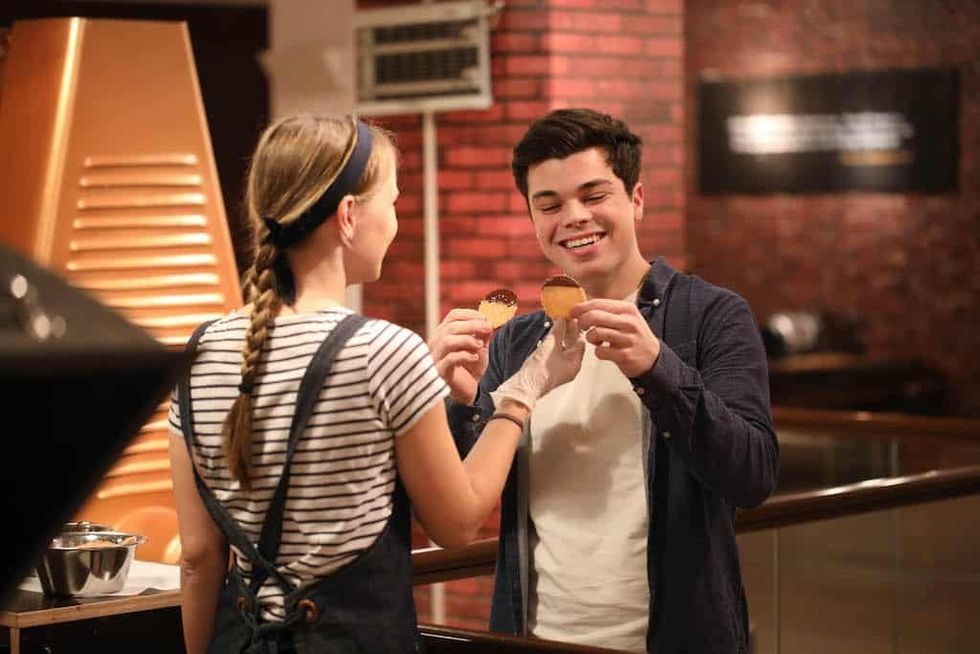 Chocoversum Image credit Sebastian Fuchs
Chocoversum Image credit Sebastian Fuchs 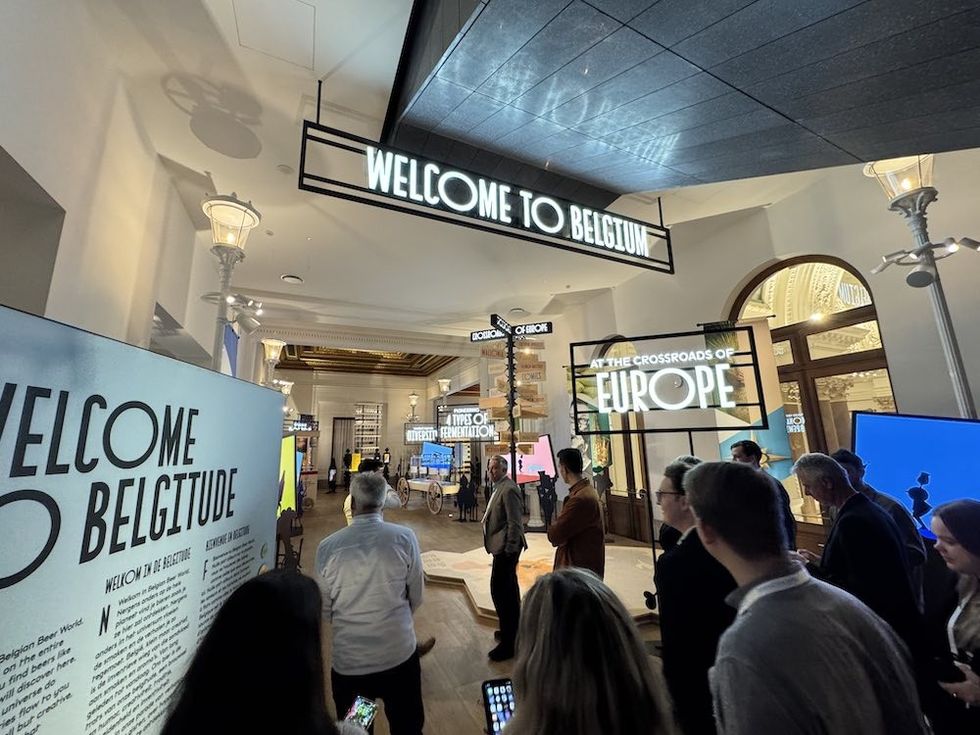 Belgian Beer World
Belgian Beer World 





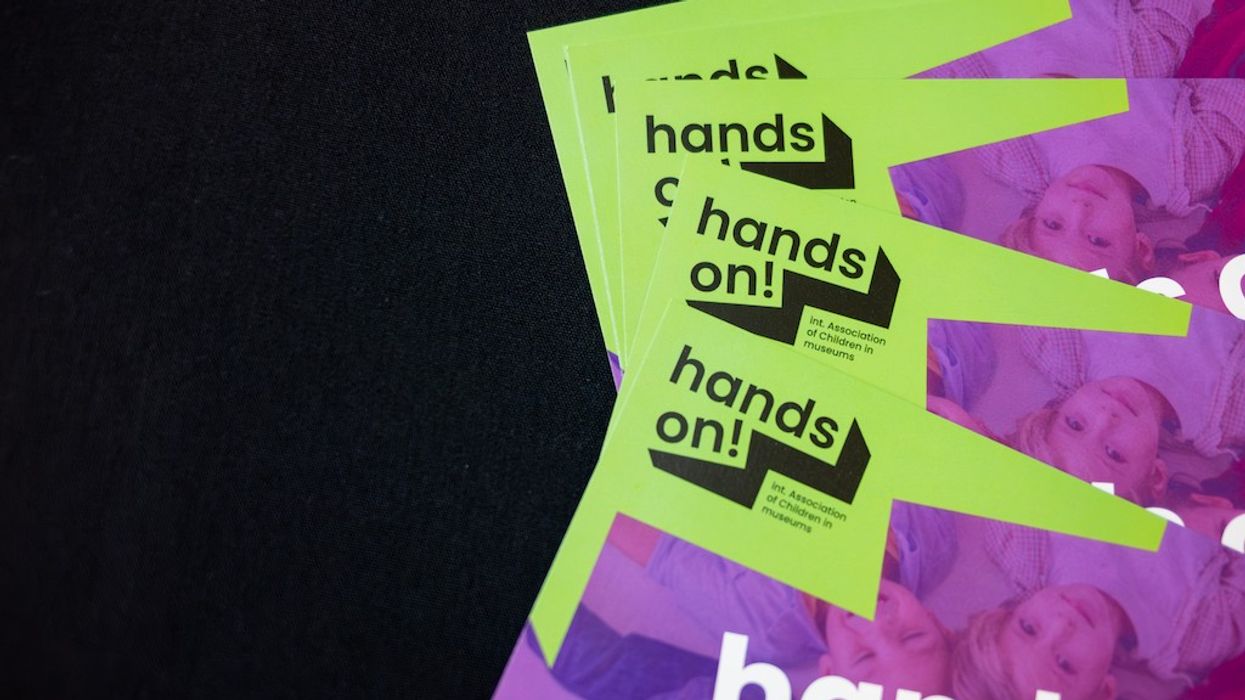
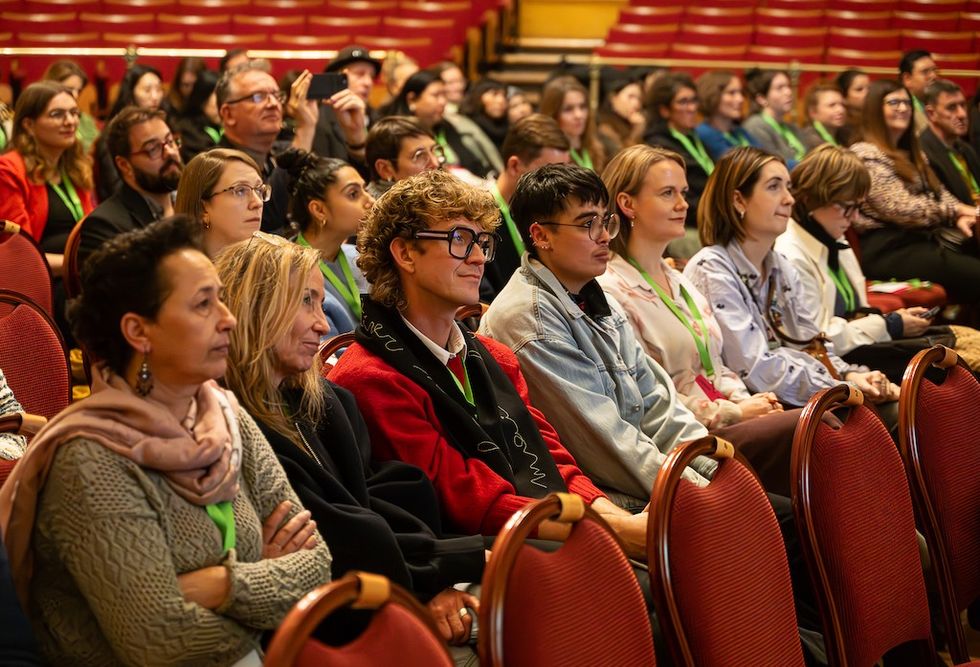
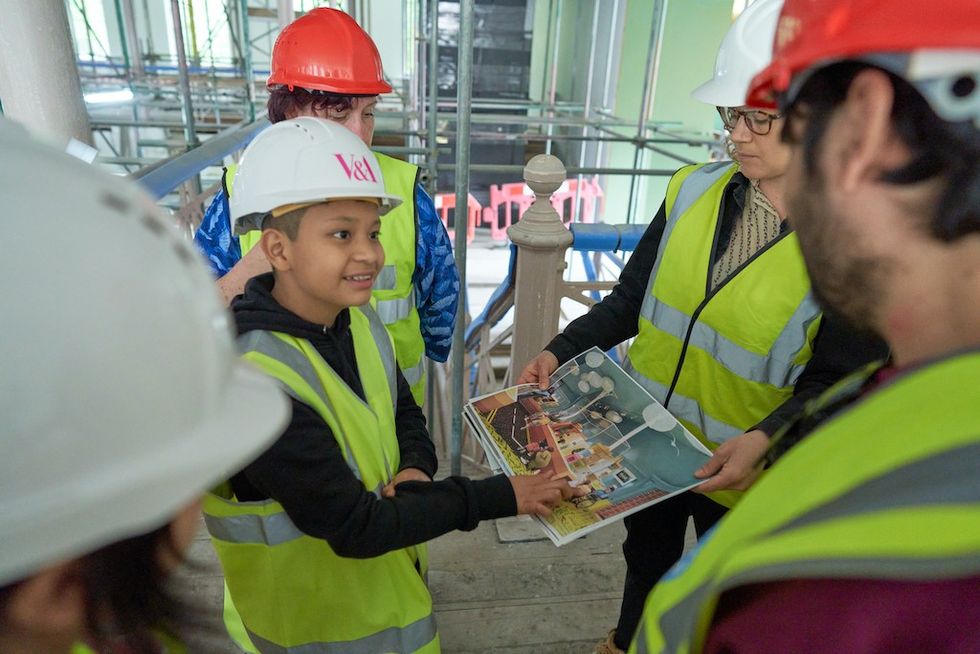 Young V&A Youth Collective members have a tour of the Young V&A construction site. Image courtesy of Young V&A.
Young V&A Youth Collective members have a tour of the Young V&A construction site. Image courtesy of Young V&A. 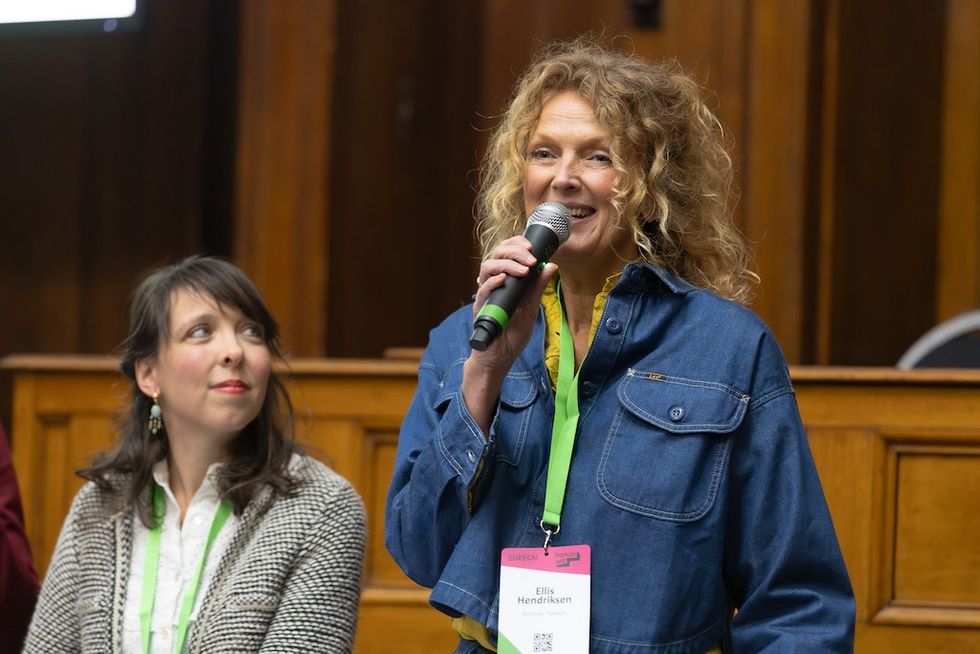 Floriane Perot and Ellis Hendriksen
Floriane Perot and Ellis Hendriksen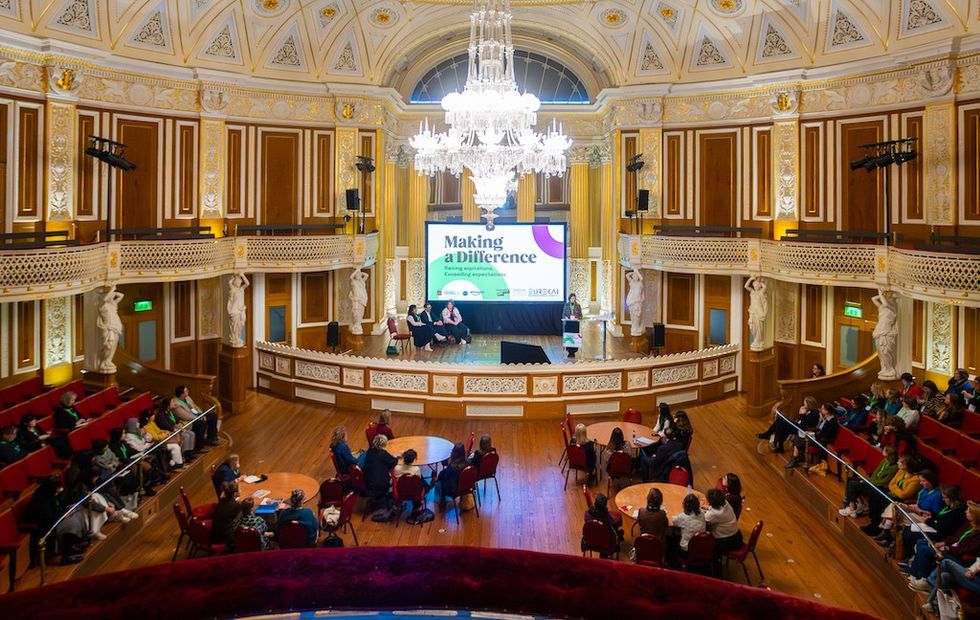
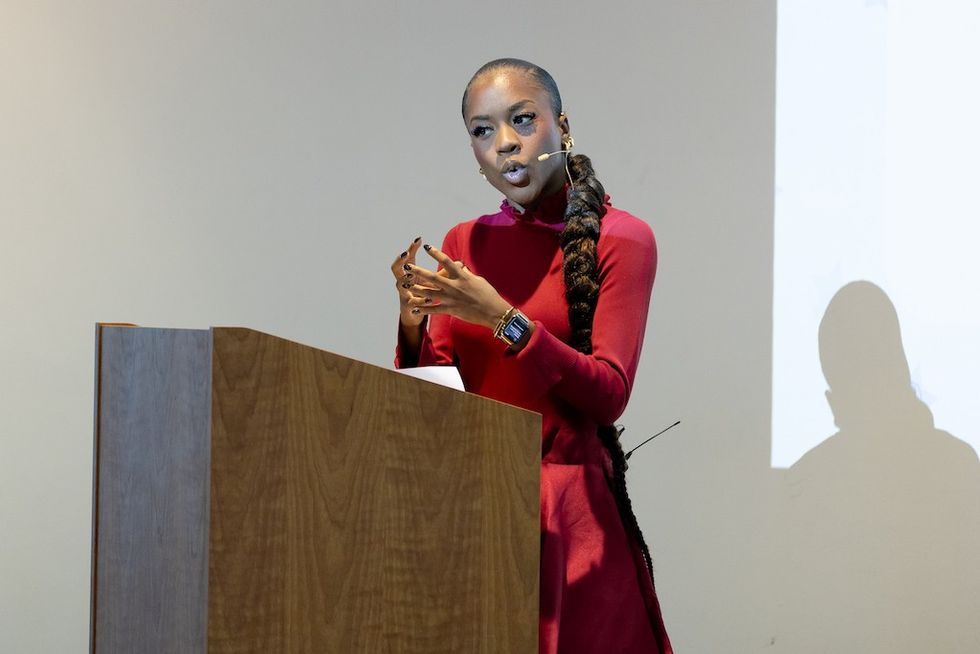 Amber Ogunsanya-William
Amber Ogunsanya-William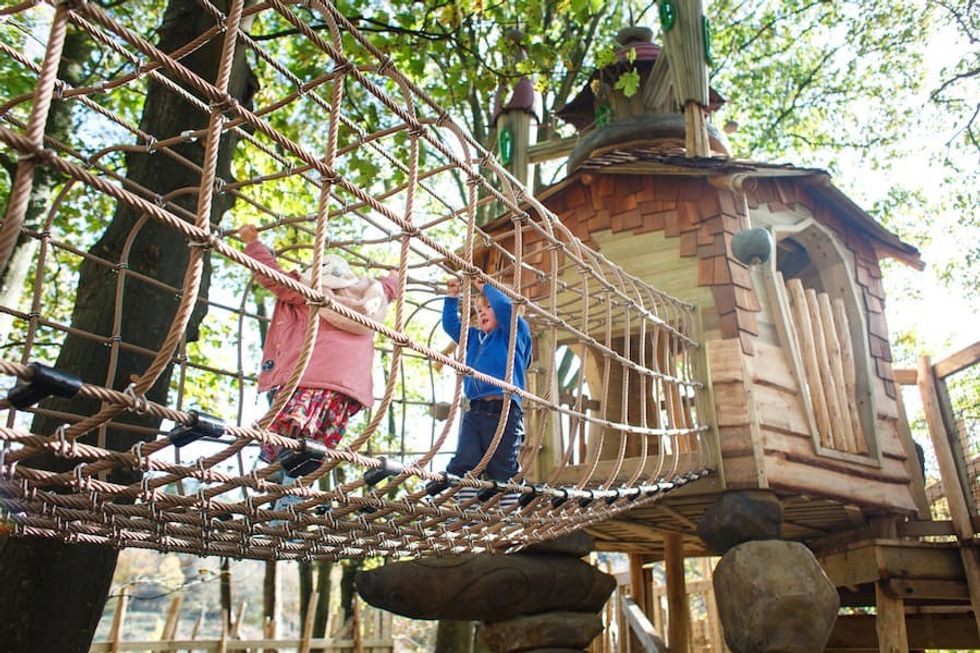 Tumblestone Hollow adventure playground by CAP.CO
Tumblestone Hollow adventure playground by CAP.CO  Ghaleya Al Mansoori
Ghaleya Al Mansoori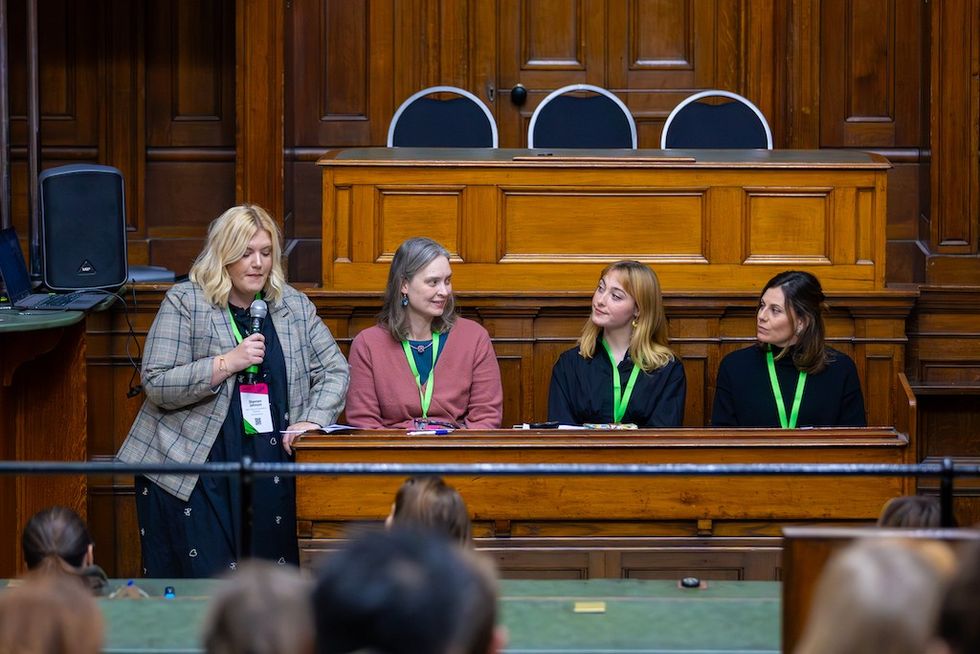
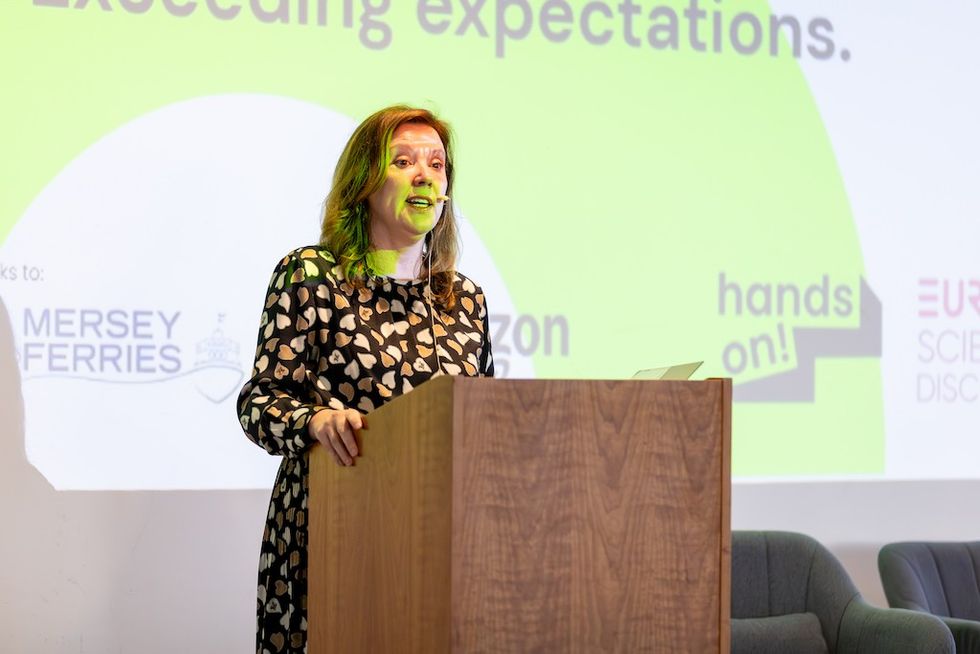 Dame Rachel de Souza
Dame Rachel de Souza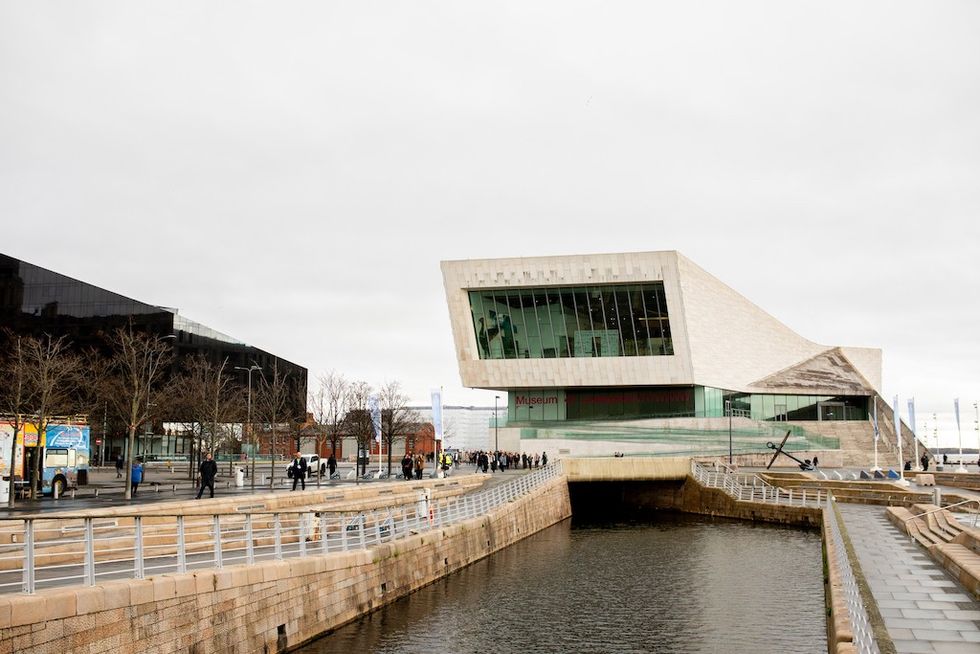 Liverpool Museum
Liverpool Museum
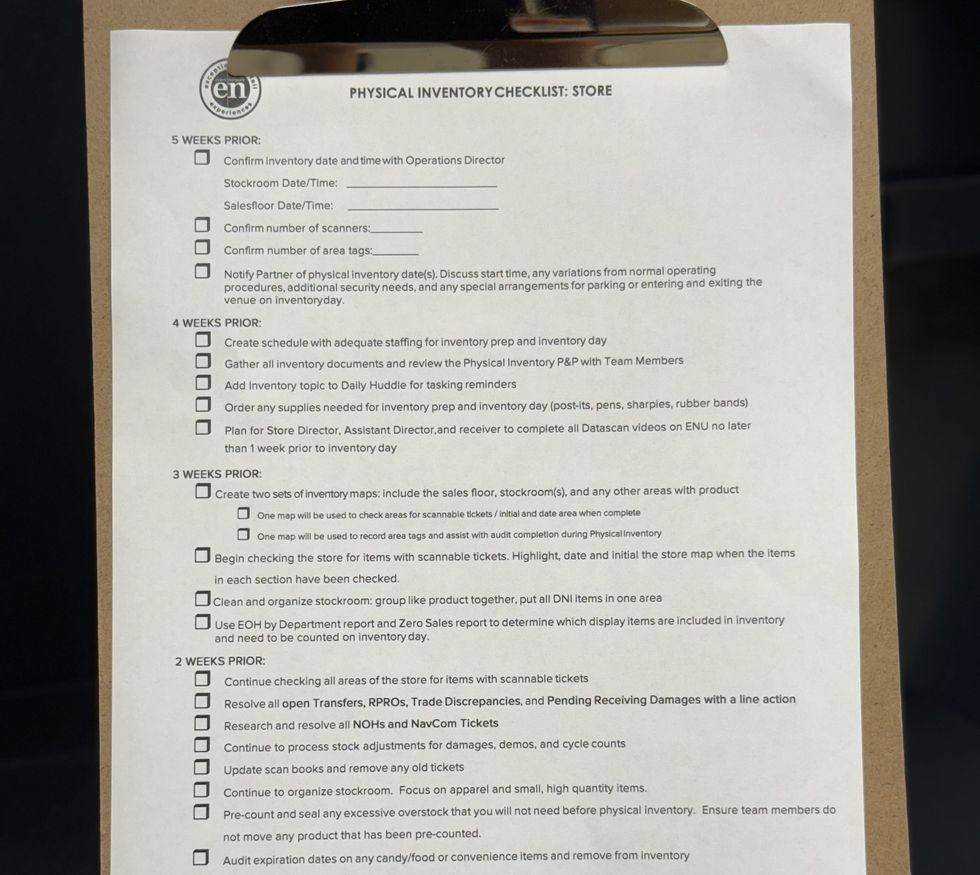
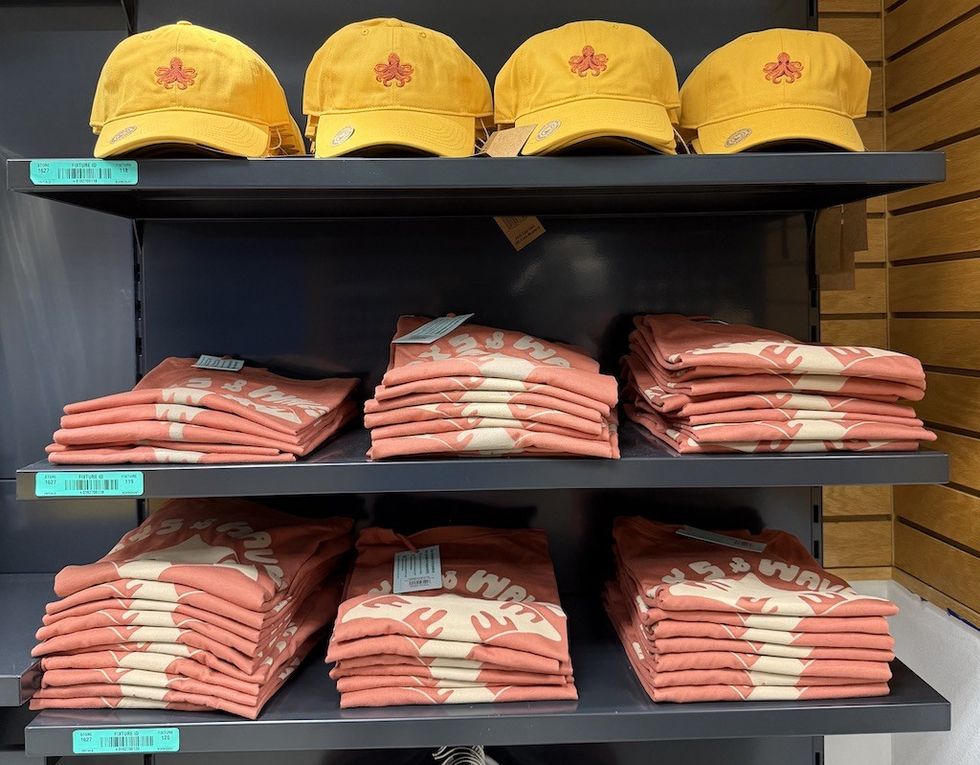
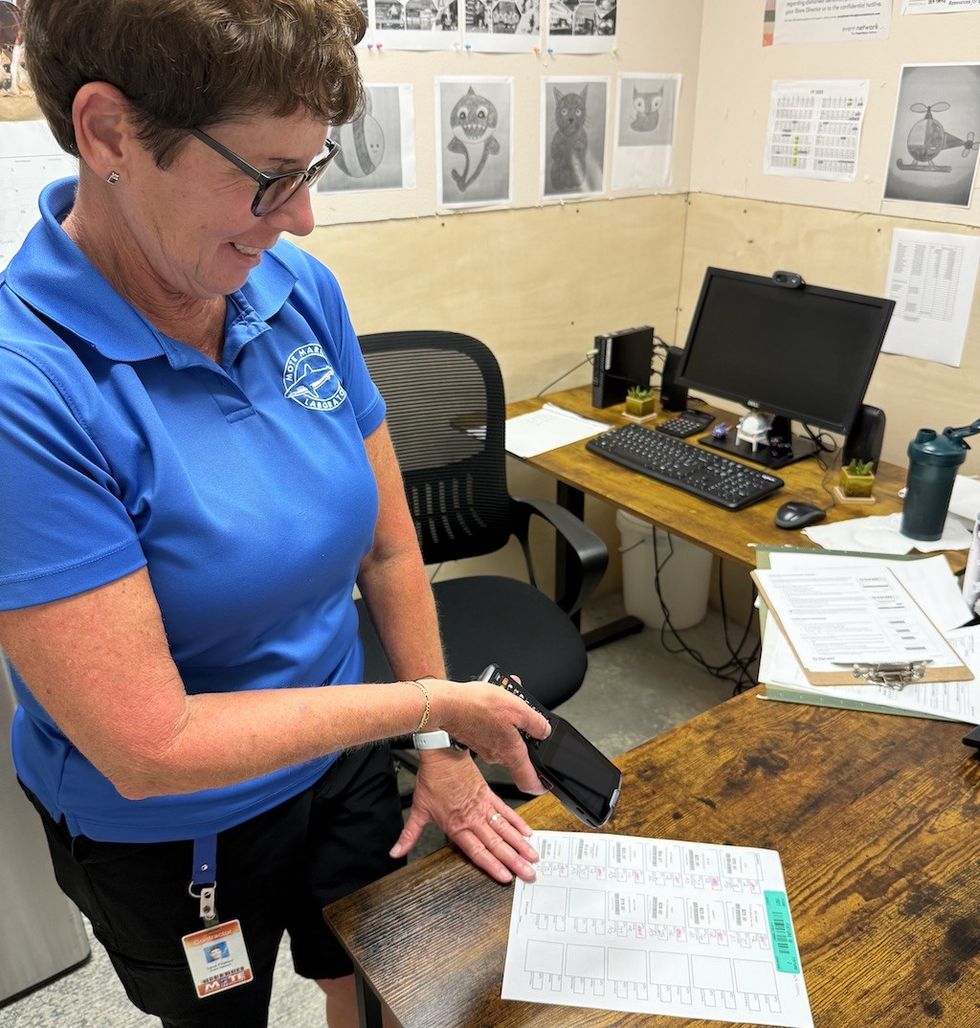


 Guests display a commemorative UN stamp sheet marking the 100th anniversary of the Palace Museum at the UN headquarters in New York, May 2025 (Xinhua)
Guests display a commemorative UN stamp sheet marking the 100th anniversary of the Palace Museum at the UN headquarters in New York, May 2025 (Xinhua)
